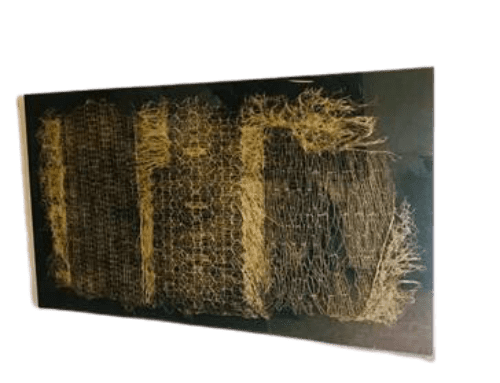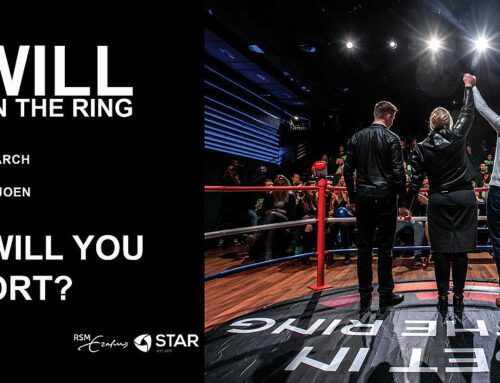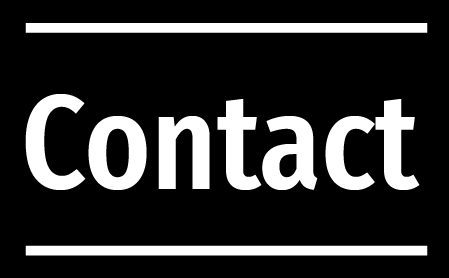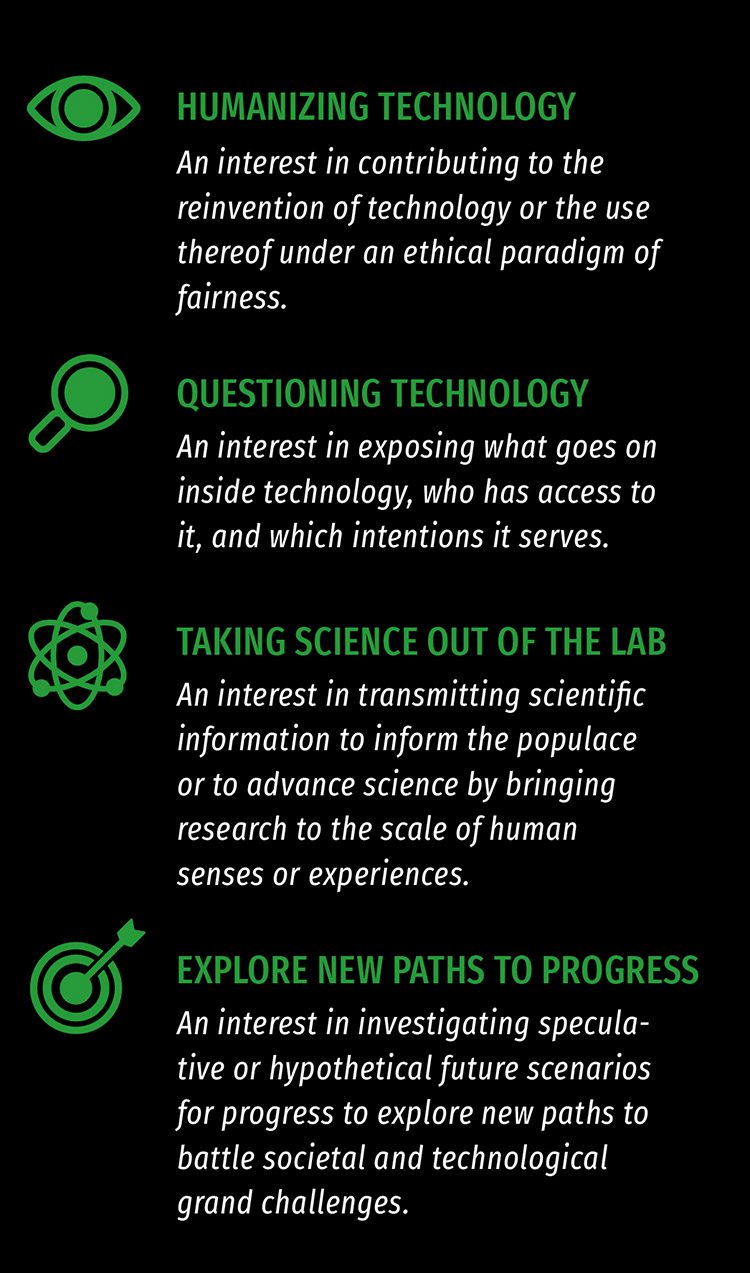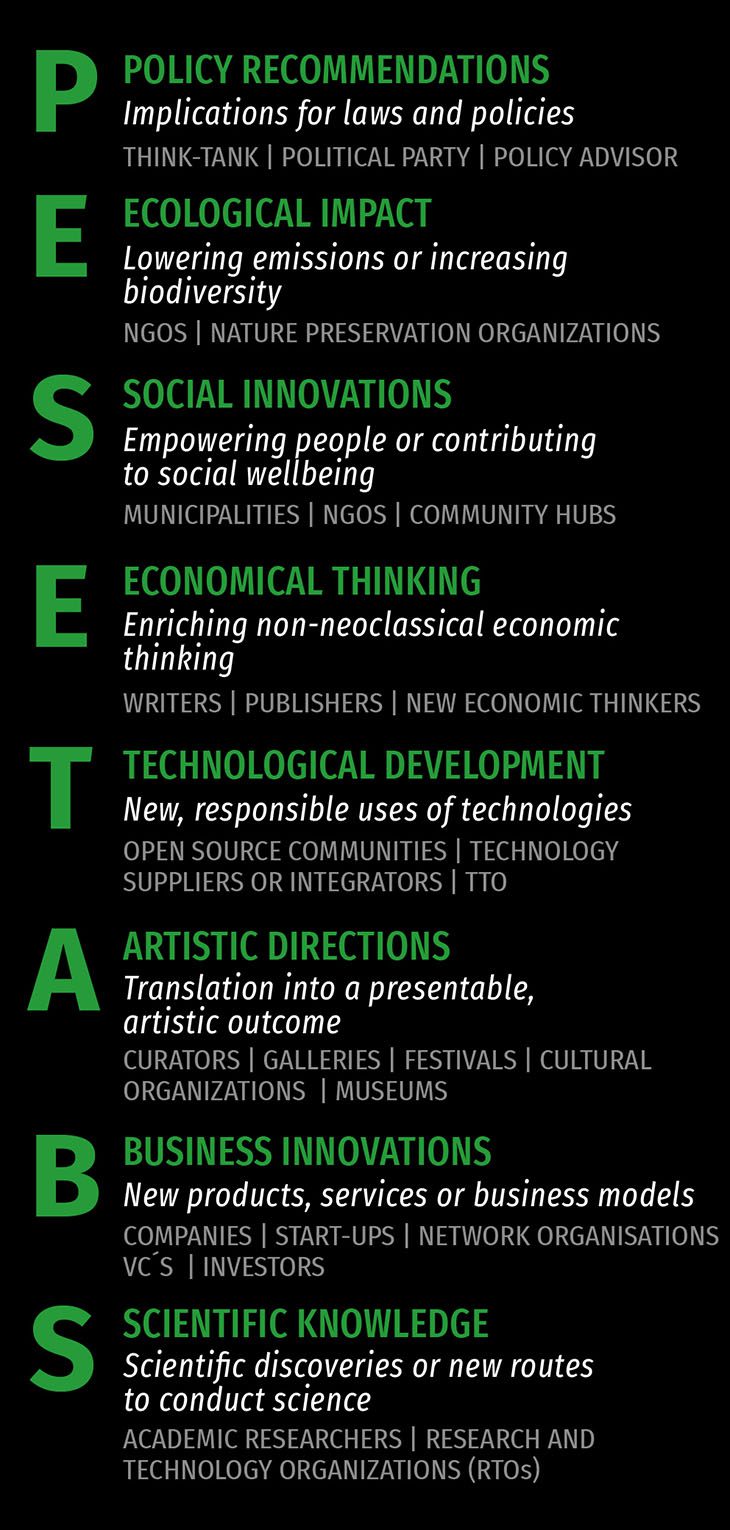Did you know that solar panels have all the colours of a rainbow? That plants can interact with us through creating and powering their own light? And that technologies as AI can be used to predict our own creative next step?
The newest editions to the In4Art collection let us reflect on above questions. They are recent works from artists that explore new paths to progress or question technology. The works are:
- New Now (2016) by Jonas Lund
- Cell1_10 – Pink Noise (2019) by Kristian Kragelund
- Living Light (2020) by Ermi van Oers / Nova Innova
New NOW
 Jonas Lund is an artist of international fame that we have been following for a long time. He works with the internet, blockchain, AI and various digital and interactive technologies. He reflects on the increasing digitization, development of next generation internet and power structures of control. His works are often interactive, technology critical (whose interest does it serve?) but at the same time also focused on innovation and development.
Jonas Lund is an artist of international fame that we have been following for a long time. He works with the internet, blockchain, AI and various digital and interactive technologies. He reflects on the increasing digitization, development of next generation internet and power structures of control. His works are often interactive, technology critical (whose interest does it serve?) but at the same time also focused on innovation and development.
New Now belongs to a series of digital paintings developed with a neural network that has been trained on all of the artist’s previous work. In this way it becomes both a way to optimize his work and a prediction of what work he will make in the future. The AI created by the artist becomes the artist. The algorithm is optimized for success at an art fair. But what is success? Is that when everyone likes it, or when distinguishes itself because it is critical? sells well? Or when it asks the right questions? When it is popular on Instagram? Or simply makes you feel good?
“This project speaks to the data-driven optimization of targeted marketing and the ways in which artificial intelligence seeks to understand and manipulate our deepest impulses.” – Jonas Lund
Therefore, it fits well in the In4Art Collection and it enriches our view on developments in the domain of artificial intelligence.
Cell1_10 – Pink Noise
Kristian Kragelund makes us reflect on the material side of the energy transition. While our roofs are more and more becoming a place for energy harvesting and gadgets are released off the grid through solar energy, we know little about the object itself. What happens at the end of life of a solar panel? What actually is a solar panel and how can they be recycled? Spoiler: often they can’t.
 Kristian Kragelund has been exploring solar panels over the past years. He started to anatomically analyse the various parts composing the solar panel and treating it in many different ways (reminding us of the approach of Richard Serra with Verblist to experiment and come up with something new, through “actions to relate to oneself, material, place, and process.”)
Kristian Kragelund has been exploring solar panels over the past years. He started to anatomically analyse the various parts composing the solar panel and treating it in many different ways (reminding us of the approach of Richard Serra with Verblist to experiment and come up with something new, through “actions to relate to oneself, material, place, and process.”)
By doing so, Kragelund revealed new patterns and started to transform the solar panel. Do we actually know what we are collectively placing on our roofs for the sake of sustainable energy? Having a life span of 20 to 25 years, the first discarded solar panels slowly start to appear and the malfunctioning solar panels from cheap gadgets are piling up. Kragelund questions what that actually means, having these objects, composed of many, including toxic, elements that in itself are rarely consciously and responsibly harvested.
With the Cell series, he shows another layer of a solar panel. The blackness (or dark blueness) is chosen for efficiency reasons, but underneath, there is a layer that plays with light and shows us all the colours of the rainbow. Pink noise refers to a low frequency signal pattern with equal energy in all octaves. The name arises from the pink appearance of visible light within this power spectrum – the lower frequencies near the red end of the visible spectrum. Pink noise in itself is an interesting field of research, being suggested as beneficial background noise to enhance productivity and concentration among employees. Furthermore, it is a suggested remedy against sleeplessness.
Within the Cell series, Kragelund allows the colours to come out and show themselves to us, the viewer. Hereby extending the solar panels life, not as a producer of energy, but as a work of art.
This work questions our believe of value and whether we should re-negotiate it. It makes us think about how can we design out waste and pollution. What options do we have to keep products and materials in use? Currently, the manufacturing of solar panels is not designed for easy recycling of separate elements as glass, silicon, aluminium and other metals. The work of Kragelund makes us realize that in the early lifecycle stages (i.e. design) of next generation solar panels we must consider how waste can be designed out by designing and manufacturing solar panels to allow repair, reuse and recycling.
Living Light
What started as a graduation project by Ermi van Oers in 2016, which was also the first Instagram post of In4Art, eventually resulted in a journey towards creating Living Lights and the startup Nova Innova – a true example of Art-Driven Innovation. But it also shows the experimental trajectory it takes, to have a prototype with a radical technology as microbial fuel cells and evolve it into a new way of lighting. By having it on a pedestal, it is a poetic and beautiful piece to talk about this way of co-creating with nature and searching for new ways to accommodate our energy need. Therefore, we are proud to be among the first ten adopters of this work and invite you to look at their explainer video:
And did you know that plants can be cultivated to grow in unbelievable structures? Earlier this year, we also included the work Hyper Rhizome by Diana Scherer that shows how plant roots can be domesticated and cultivated to grow in any kind of structure.
From all the works in the collection, we make Art-Driven Innovation reports, to place the work within our ADI-framework and show how we link them to value drivers and promises for technological development. Here you can find the ones we just discussed.
For more background on the Art-Driven Innovation reports, we refer you to artdriveninnovation.eu. Let us know which questions you have, we look forward to discuss them.





